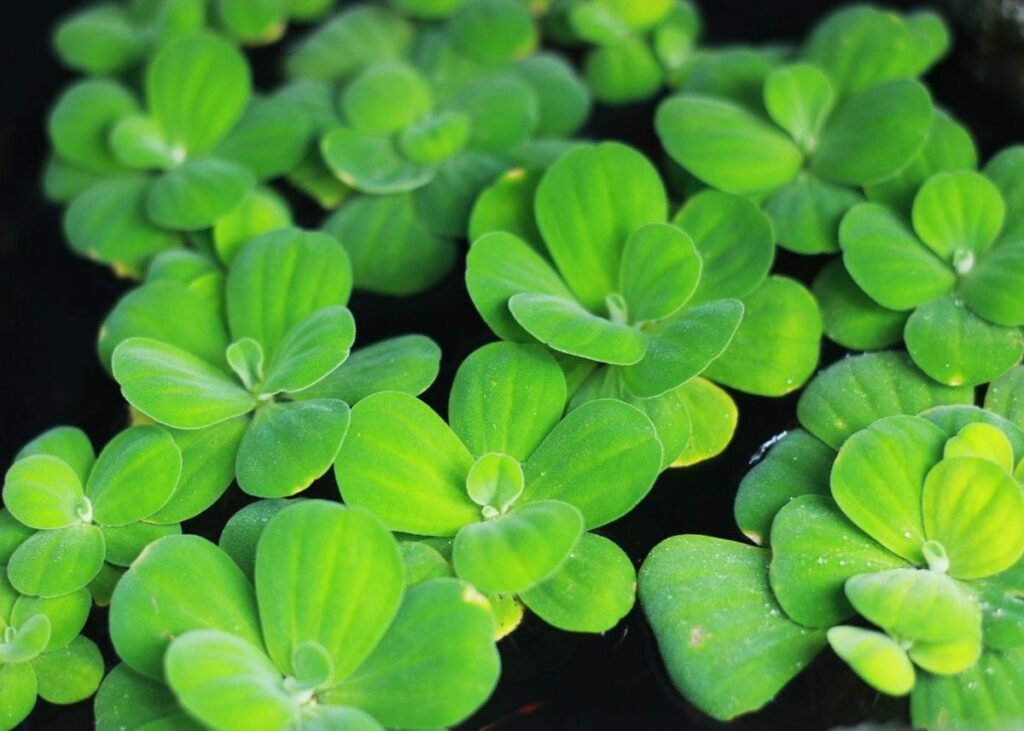Water lettuce, or Nile cabbage, is a floating aquatic plant that has spread across different continents and has invaded the Vaal River, one of South Africa's most important rivers.
The invasive water lettuce was originally considered an ornamental pond plant, but is now an invasive plant species. This has serious negative impacts on aquatic ecosystems and human activities.
The invasion of water lettuce in the Vaal River is causing concern among local communities, businesses and stakeholders. This includes Rand Water, Africa's largest bulk water utility serving more than 11 million people.
Impact of exotic plants such as water lettuce
Water lettuce forms a dense mat on the water surface, reducing light transmission and oxygen levels in the water.
This affects all aspects of aquatic life, from microorganisms to large fish. Mats can also restrict water flow and create a perfect breeding ground for mosquitoes.
In addition, invasive plants clog agricultural waterways and impede fishing and boat navigation.
Traditionally, methods of controlling water lettuce have required manual removal of the plants or the use of herbicides. However, these techniques have been found to be labor intensive and harmful to the environment.
Say hello to the weevil
Weevils are a type of beetle that belongs to the superfamily Weevilidae. Curculionidae. Although they often damage crops and preserved foods, they can also be beneficial and are sometimes used as biological control agents to manage invasive plant species.
Introduction of water lettuce weevil (Neohydronomus affinis) has shown promising results in managing water lettuce infestations. And we do this in a sustainable and effective way.
The weevil species, which is native to Brazil, was introduced to Africa in 1985. Thanks to this tiny beetle, water lettuce invasions in several African countries and elsewhere (including the Kruger National Park) were controlled within a year.
Weevils have a noticeable impact on water lettuce populations. Adult weevils make small holes in leaves, while larvae tunnel through the leaves. This will cause the leaves to become soaked with water and sink.
“The ability of N. Affinis By producing multiple generations per year, populations can rapidly increase,” wrote Julie Coetzee, deputy director of the Rhodes University Center for Biological Control. conversation.
“This maintains pressure on water lettuce populations over time and makes it an effective biological control agent for managing water lettuce in affected areas.”
release of var
Water lettuce was initially restricted to tributaries of the Vaal River. However, an outbreak occurred along the river, prompting Rand Water to launch an integrated control strategy using green leaf weevils.
Since November 2023, thousands of weevils have been released into the river from a mass breeding facility in Makhanda to prevent the spread of the disease, and further releases are planned. Weevils are kept not only by Rand Water, but also by residents and businesses living near the river.
The presence of water hyacinth, a highly competitive invasive plant, remains a concern in the Vaal River. Efforts are underway to address upstream water quality issues that are the root cause of both intrusions.

